Body position and gliding. (Efficient swimming is good swimming.)
Back to Part One: Control Your Breathing
If you’re new to endurance sports like triathlon, you might be surprised to learn that swimming efficiently often trumps simply working hard and trying to “go fast”—in both training and racing. An efficient swimmer will use less energy and be more relaxed, gliding through the water. The best swimmers in the world—in the pool and open water—use their bodies to work with the water rather than fight against it.
Learning how to swim smoothly and efficiently is an important step to building confidence and gaining fitness (and, ultimately, becoming a great swimmer). If you’re a triathlete, you’ll be more “fresh” and have a better transition to the bike if you aren’t thrashing your way through the swim.
Positioning
The first step to efficient swimming is to learn how to float on your stomach. Try this: Take a deep breath, hold it in your lungs, and calmly lie face-down in the water. Can you float on the surface or do your feet sink to the bottom of the pool? Think about what your body is doing and try to relax! Do not try to “hold” yourself on top of the water. Let your arms and legs relax into the water.
Observe your head position. Look straight down at the bottom of the pool and let the water line cut your head in half (half underwater, half above). The key to floating is to arch your back a little bit and push your stomach down. This will allow your lower body (hips/legs/feet) to rise up to the surface. Don’t try to push your butt up; the exact opposite will happen: you’ll sink!
Getting Streamlined
The horizontal body position of floating is exactly how we swim freestyle (sometimes called the “front crawl”). For an effective freestyle stroke, everything should be in line directly behind your head, as if you’re moving through a single hole in the water. This is called a “streamline position.” To visualize and practice the streamline position, consider how you push off the pool’s wall at the start of a lap: the palm of one hand on top of the other hand, arms straight overhead, and ears squeezed against your head with your biceps. (Kick gently four to six times before taking strokes.)
As you put the streamline position into practice, remember to keep your face pointing down and maintain a slight arch in your back as you take strokes. Developing an awareness of your kick will also help. If your hips and legs are in line with your spine, you will feel your feet breaking the surface of the water with each kick. Practice this with a kickboard: make short and shallow movements with your legs (no more than 12 inches underwater). Make quick and fast kicks for a high cadence. Feel the tops of your feet slapping down onto the surface of the water and making a splash.
Catch-up Drill
When you start swimming with a horizontal body position, you will see immediate improvement in your times and speed. The second step to becoming a more efficient swimmer is to learn how to glide through the water.
The “catch-up drill” is a good way to practice gliding. In a streamline position on the surface of the water, take one complete stroke with your right arm. Keep your left arm extended overhead. When the right arm completes a full stroke, tap the left hand. Now take a complete stroke with your left arm while the right arm remains extended. Continue this drill for the length of the pool. Count the number of strokes you take across the pool during the catch-up drill and compare that number to your regular swim stroke. Which method has more glide and is, therefore, more efficient?
The 6-Kick-Switch and the 3-6-3 Drill
Other drills to improve your gliding are the “6-kick-switch” and the “3-6-3”. Six-kick-switch is very self-explanatory: when you push off the wall, take one underwater pull with your right arm and pause (right arm against your side, left arm extended overhead) for 6 kicks. After six kicks, complete the stroke with your right arm, tap your left hand, and repeat with your left arm.
The “3-6-3” is a simple variation: take three strokes and pause on your right side for six kicks. Take three more strokes and pause on your left side for six kicks. Continue this cycle until you complete the lap.
These two drills are also good for strengthening your kick. If you’re having a hard time staying afloat or getting across the pool, try this drill while wearing swim fins on your feet. Fins will help you to move through the water faster; they’ll also increase your ankle flexibility.
Swimming slowly and smoothly is the best way to improve efficiency in the water. Focus on technique, gliding, relaxing, and body position during the warm-up, cool-down and while doing the above drills.
Only when a set calls for fast swimming (or descending times) should you be concerned with times. The more good technique you can learn in the first months of swimming means fewer bad habits formed later. And remember: Each stroke you take in the pool is creating muscle-memory in your body, so make sure those muscles have good memories!—Sara McLarty
Sara McLarty is a swimming coach with Swim Like a Pro, based in Clermont, Florida. Formerly, she was a professional triathlete known, of course, for being first out of the water (and for her perpetual smile).
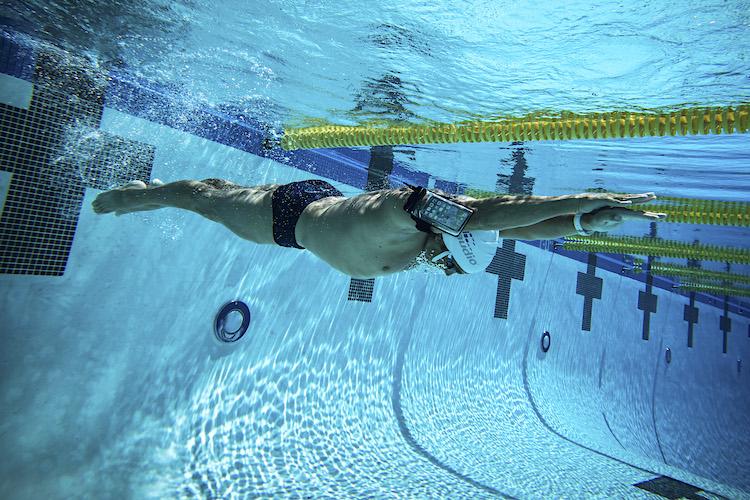
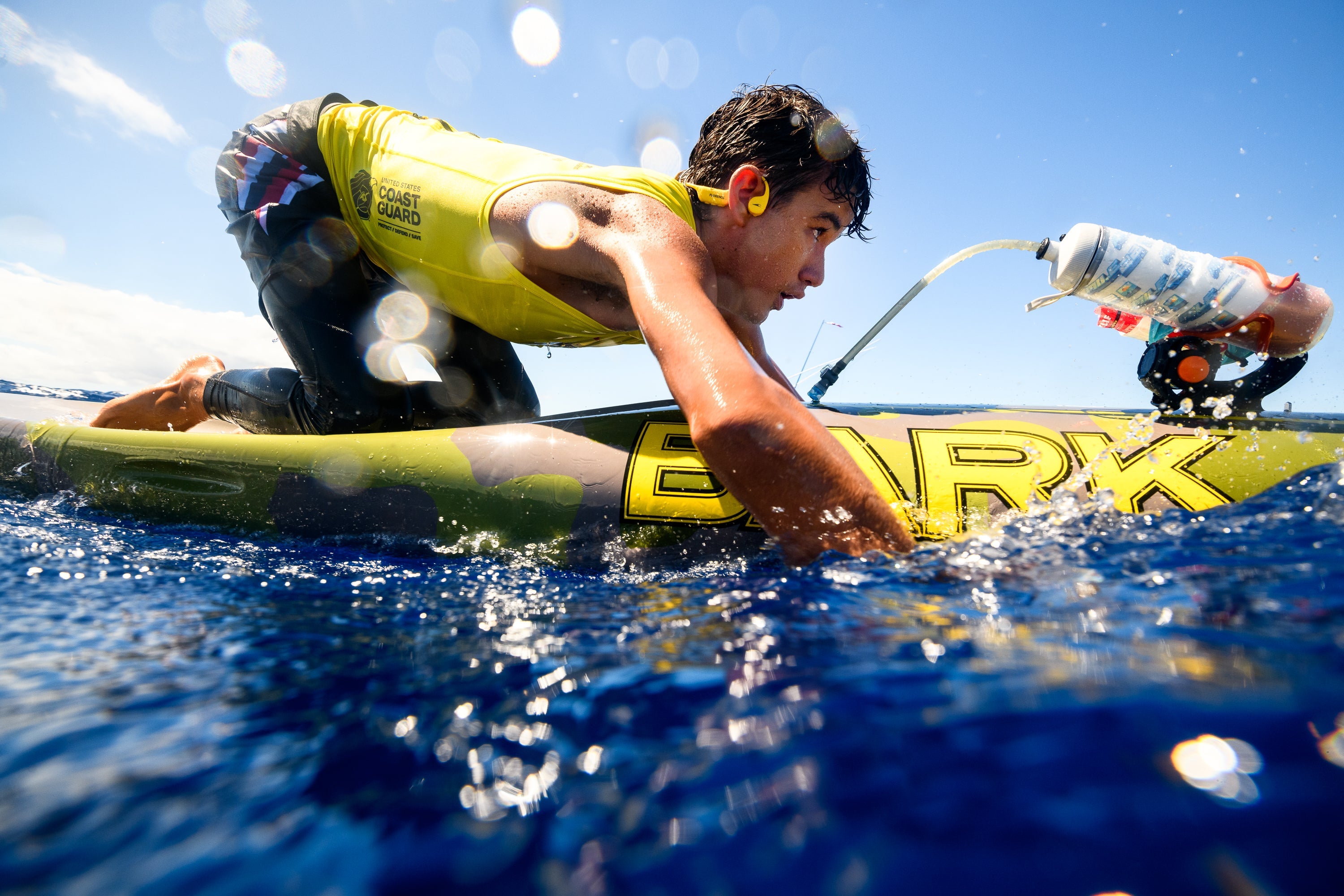
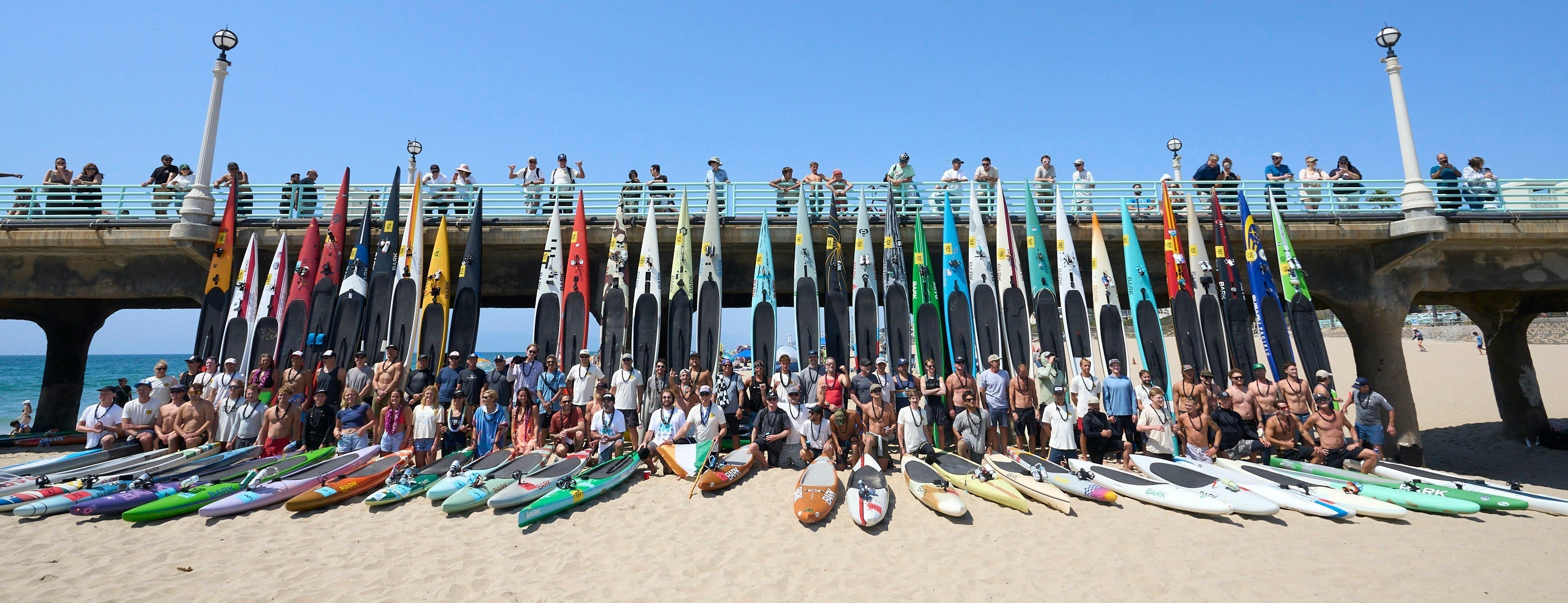
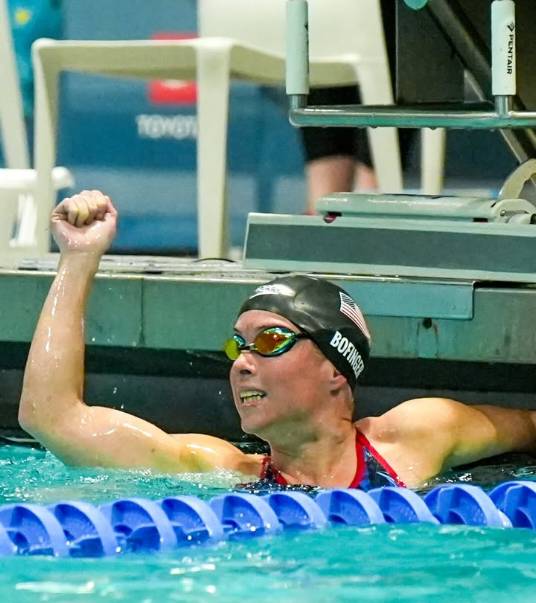
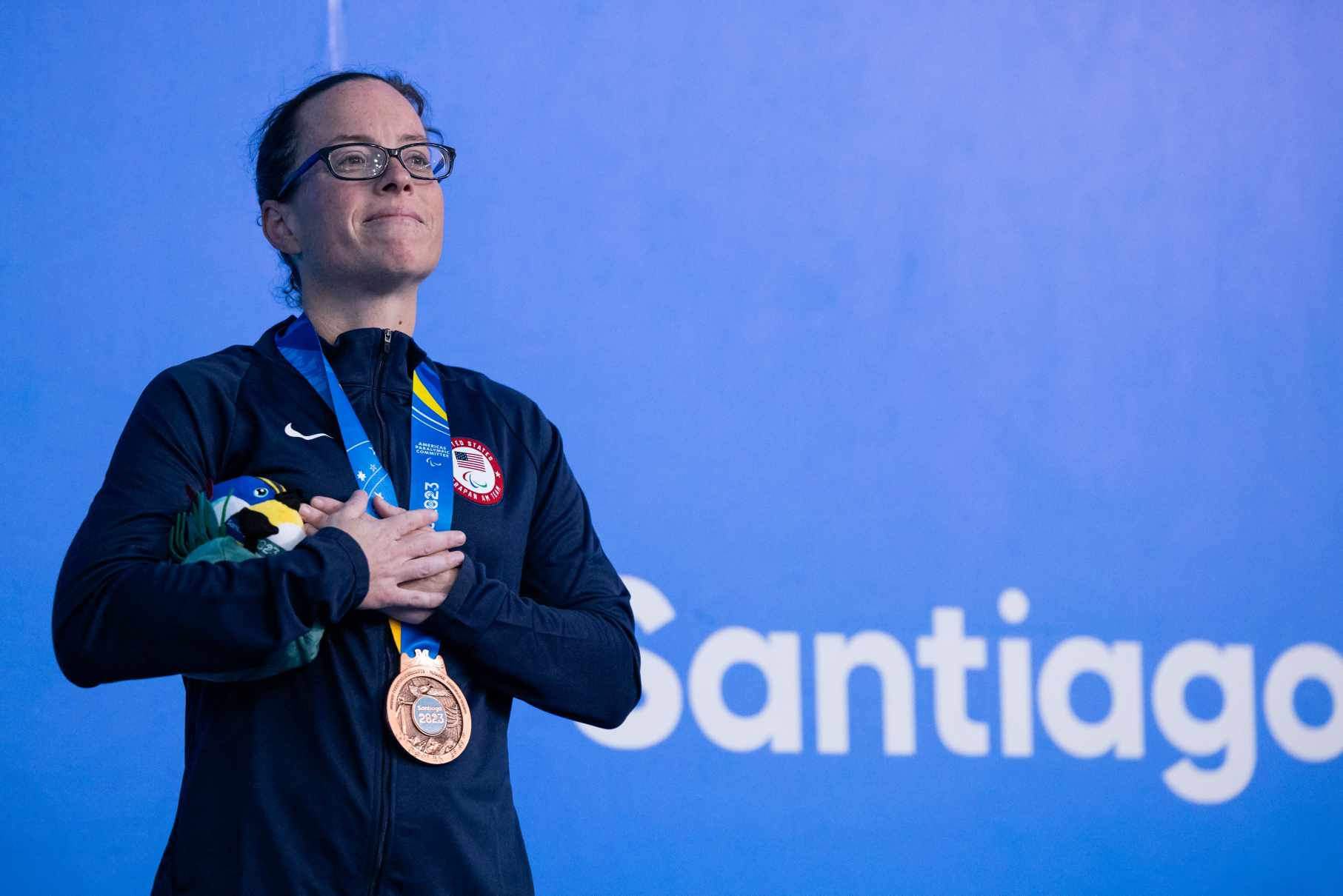
Share:
H2O Insider: How to Get the Right Headphone Fit
Swimming for Triathletes: Part Three